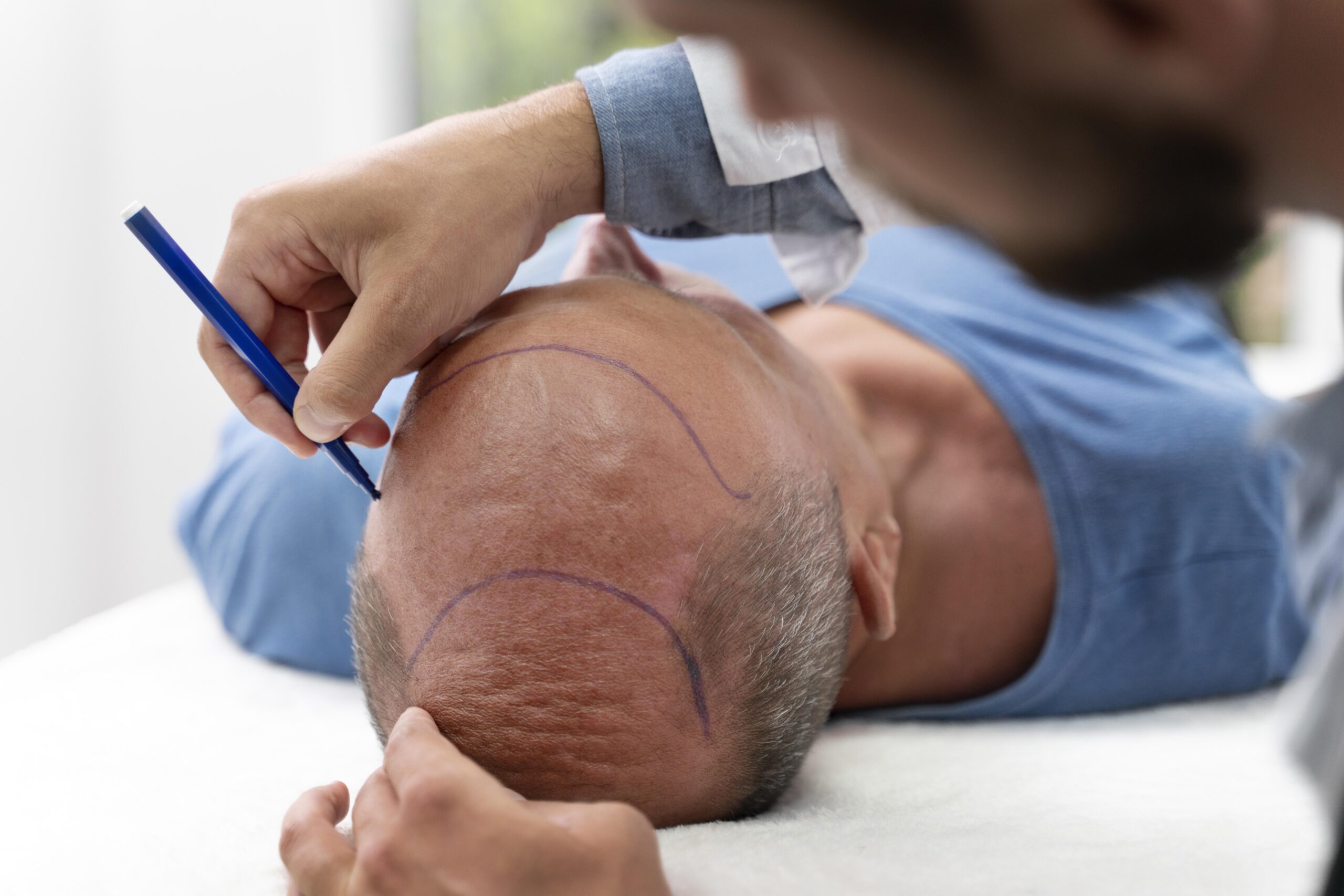If you are experiencing hair loss, consider a scalp tattoo as an option to help fill in the bald patches. This is a procedure that is growing in popularity, but there are still many people who have questions about it. This article will answer some of the most common questions about scalp tattoos for hair loss. It will discuss the benefits of this procedure so you can make an informed decision if it is right for you.
What Is Scalp Tattoo?
Scalp tattoo, also known as scalp micro pigmentation (SMP), is a cosmetic procedure in which your head is tattooed with tiny pigment dots that resemble the look of real hair. It works by camouflaging areas affected by baldness, receding hairlines, and thinning hair, so they appear more full and natural. The results are typically permanent and can last many years, although the color will gradually fade.
Scalp tattoo for hair loss is most often used to help those with hair loss feel more confident in their appearance and regain control over their look. It may also benefit people who have had hair transplants or scalp reduction surgery and want to enhance their results. People with hair loss can benefit from scalp tattoo as it provides a solution for receding hairlines, bald spots, alopecia (areata or universalis), and general hair thinning.
How Does the Process work?
The cosmetic procedure works by utilizing a specialized tattoo gun with needles to deposit tiny dots of pigment on the scalp that mimics short hairs or natural hair follicles. The amount and size of these dots depend on the desired look and color preferences. This process is done over multiple sessions, where each session can last between 2-3 hours, depending on the area being treated. The affected area is numbed with a topical anesthetic during each session before the pigment is applied. After the procedure, it can take up to 6 weeks for the scalp micro pigmentation to fully settle and take its final form.
What Are the After-care Instructions for Scalp Tattoos?
Following the after-care instructions carefully is essential to achieve optimal results from your scalp tattoo. After the treatment, your practitioner will provide specific instructions and advice on how best to care for your scalp and tattooed area. Generally speaking, the after-care instructions include:
a) Keeping the tattooed area clean and dry – Keeping the area clean and free of bacteria that could lead to infection is essential. Clean the tattooed area with a mild, non-abrasive soap twice daily. Pat, it dry with a soft towel afterward. Avoid scrubbing or using harsh products on the treated area during this time.
b) Protecting the tattooed area from sun exposure – Sun exposure can affect the color of your scalp tattoo, so avoid direct sunlight for at least four weeks after treatment. Wear a hat or scarf if you are exposed to prolonged sun exposure.
c) Avoiding activities that could damage the treated area – Sweating during physical activity can lead to infection. So avoid activities that involve heavy sweating, such as hot yoga or strenuous workouts, while the tattooed area is healing.
Conclusion
A permanent scalp camouflage tattoo or micro pigmentation is an ideal solution to hair loss for many individuals. It provides a realistic look, can be tailored to various lengths and styles, and is low-maintenance once the desired results are achieved. The key to success with this procedure is selecting a skilled technician to perform the work.










